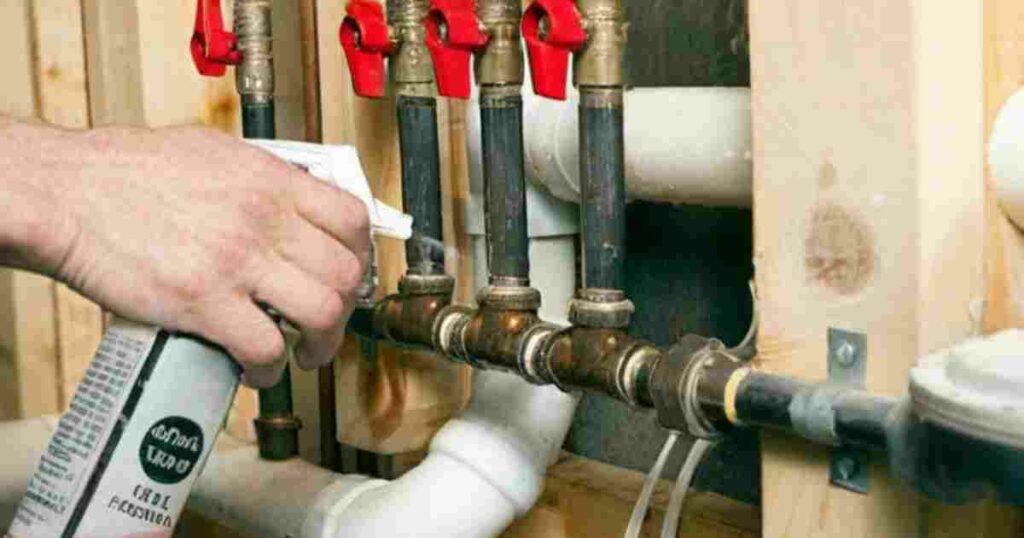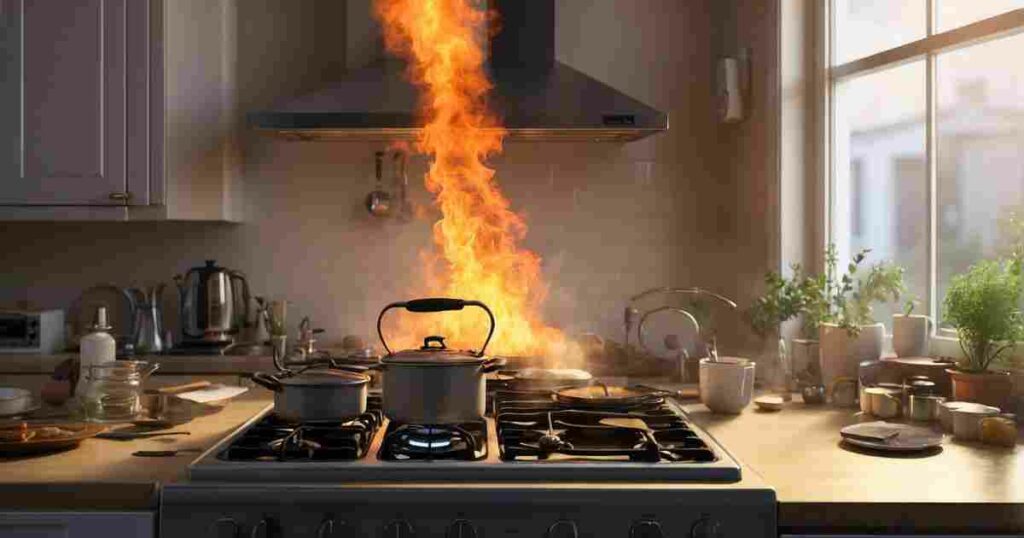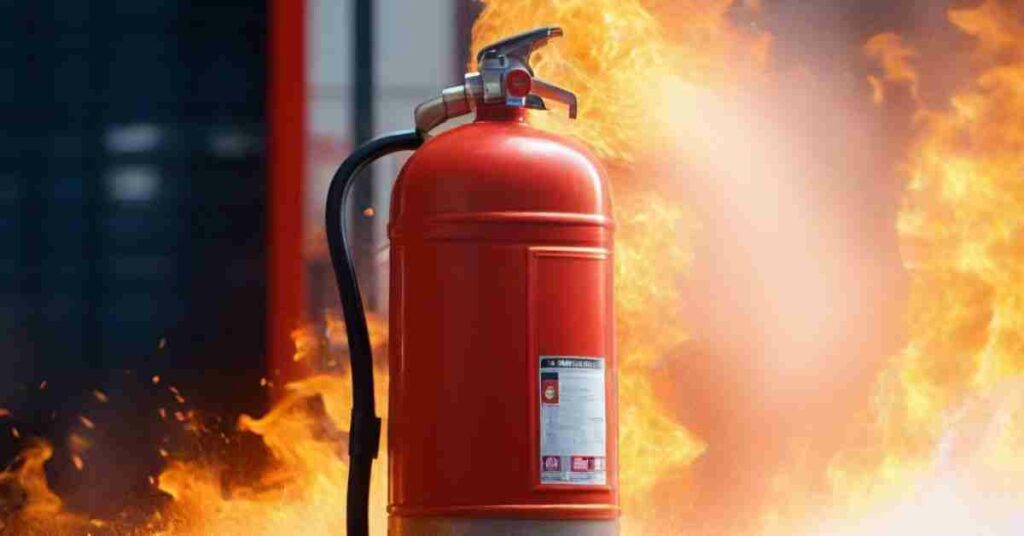Gas leaks can be a serious threat to your home’s safety. It brings immediate health risks. Sometimes, it can be more dangerous. It causes a fire and even an explosion, resulting in precious life loss. In order to protect homes, everyone needs to know how to detect and prevent gas leaks. This comprehensive guide presents some practical tips. From the silent threat of carbon monoxide to the immediate danger of flammable gases, it informs how to safeguard your home.
Tips On How To Detect and Prevent Gas Leaks In Home
Know Your Gas Sources
The awareness of different types of gases used at your home will allow you to handle them properly. The common form of gas used at home is natural gas (methane). It is used for heating and cooking, whereas propane is used for grills.
Natural gas is colorless and odorless, so gas companies add a unique sulfur or “rotten egg” smell to help in leak detection.
On the other hand, Propane is heavier than air, and it is collected in low-lying areas. Proper ventilation is required to remove the gas.
Unlike the distinctive smells of natural gas or propane, carbon monoxide is both colorless and odorless, making its detection challenging. It is a lethal gas. It is a byproduct of incomplete combustion, which is originated from household appliances. Fuel-burning devices like gas furnaces, water heaters, stoves, and even wood-burning fireplaces can produce carbon monoxide if not properly vented or maintained.
Invest in Gas Detectors
Gas detectors can spot leaks early. There are various types, including plug-in, battery-operated, and smart detectors. These devices monitor the air, sounding a loud alarm if dangerous gas levels are detected. Install them near gas appliances, kitchens, and utility rooms for effective coverage. At the same time, installing carbon monoxide detectors in crucial areas adds an extra layer of protection, alerting you to unsafe levels and prompting timely action.
Types of Gas Detectors
- Plug-In Detectors: These detectors are directly plugged into outlets and are suitable for continuous monitoring in specific areas.
- Battery-Operated Detectors: Providing flexibility in placement, these detectors run on batteries, making them ideal for areas without easy access to electrical outlets.
- Smart Detectors: Connected to home automation systems, smart detectors provide real-time alerts on your smartphone and often offer additional features like remote monitoring.
These are generally affordable, with prices ranging from $20 to $200, depending on the type and additional features. Basic models with essential functions are cost-effective, while more advanced and smart detectors may be on the higher end of the price spectrum.
This straightforward step to detect and prevent gas leaks is a key factor in keeping your home and its occupants safe. Regularly check and maintain these detectors to guarantee they work effectively.
You may like: Best Gas Leak detector
Regular Appliance Check-ups
Routine checks of gas appliances are crucial for identifying potential issues. Inspect for visible wear and tear, paying close attention to hoses, connections, and pilot lights. Promptly address any irregularities to ensure safe and efficient appliance operation.
Mind the Smell
The distinctive “rotten egg” smell associated with natural gas is intentional. This odor is added to make gas leaks easily detectable. If you notice a strong, unusual smell, evacuate the premises immediately and contact your gas provider and emergency services.
Conduct a Soapy Water Test
Soapy water test is an easy method for gas leak detection. Mix water with a small amount of dish soap and apply the solution to gas connections, valves, and joints. If there is a gas leak, the escaping gas causes bubbles to form at the site of the leak. This simple and cost-effective method allows homeowners to visually identify potential gas leaks by observing bubble formation.
Check for Physical Signs
Gas leaks can leave physical clues. Look for dying plants near gas lines, hissing sounds, or visible damage to pipes. Keep an eye out for a hissing or whistling sound near gas appliances, which could indicate a leak. Additionally, check for soot or black marks around gas appliances, as this could signify incomplete combustion and the presence of a gas leak. Any of these signs may indicate a gas leak, warranting immediate attention and professional assistance.
How to Prevent Gas Leaks In Homes?

Secure Gas Lines
Regularly inspect gas lines for leaks. A simple test involves applying a soapy water solution to check for bubbles, indicating escaping gas. If a leak is detected, shut off the gas supply immediately and seek professional assistance to address the issue.
Ventilation Matters
Proper ventilation is critical to disperse gas and reduce the risk of concentration. Ensure that areas with gas appliances have good airflow. Keep vents unblocked and well-maintained to optimize ventilation.
Check the Flames
Observing the color of flames on your gas stove is a quick check for combustion efficiency. Blue flames indicate proper combustion, while yellow or orange flames may suggest an issue. Investigate and address any irregularities promptly to ensure safe operation.
Educate Your Household
Empower everyone in your household with basic knowledge about gas safety. Teach them to recognize the smell of gas and the actions to take in case of a suspected leak – evacuate, avoid using electronic devices, and contact emergency services immediately.
How to fix a Gas Leak?
When you detect a gas leak at home, immediate action is crucial. Follow these detailed steps to address and fix the issue promptly:
Turn Off the Gas and Safety Precautions
Begin by ensuring your safety. Turn off the gas completely. Wear a mask and gloves for protection during the repair process. Remove the outer covers to expose the gas pipes.
Detach the Gas Line
Gas line leaks often occur due to high pressure. Start the repair process by carefully detaching the gas line from the gas regulator.
Remove Residue Gas Pressure and Clean the Line
Relieve the pipe of the gas residue by using a wrench to crack the line fittings. Clean the high-pressure line with acetone to eliminate impurities that could lead to future leaks.
Attach the Gas Line with Precision
Connect the gas line with care. Ensure a loose fit to prevent new leak points. Use rubber tape to secure the grip, providing an effective seal. Check and align the angles properly.
Apply Epoxy for a Lasting Seal
Follow the instructions on the epoxy package. Use it on the gas line and let it dry overnight. Fasten the high-pressure fuel line connections and set up the low-pressure fuel line.
Thoroughly Test the Gas Lines
Before resuming daily activities, thoroughly examine the gas lines. Turn on the gas and use a detector to inspect for leaks. Repeat the sealing procedure until you are certain that there are no further leaks. Ultimately, substitute the gas pipe covers.
Seeking Professional Assistance
If you suspect a more severe issue, do not hesitate to contact a professional plumber. This is especially crucial after natural disasters like earthquakes, ensuring comprehensive repairs and peace of mind.
Final Thoughts
To detect and prevent gas leaks is a matter of awareness and timely action. Regular checks, familiarity with gas odors, and the use of simple detectors significantly enhance your home’s safety. Take these practical steps to protect your household from potential gas-related risks and ensure a secure living environment.



